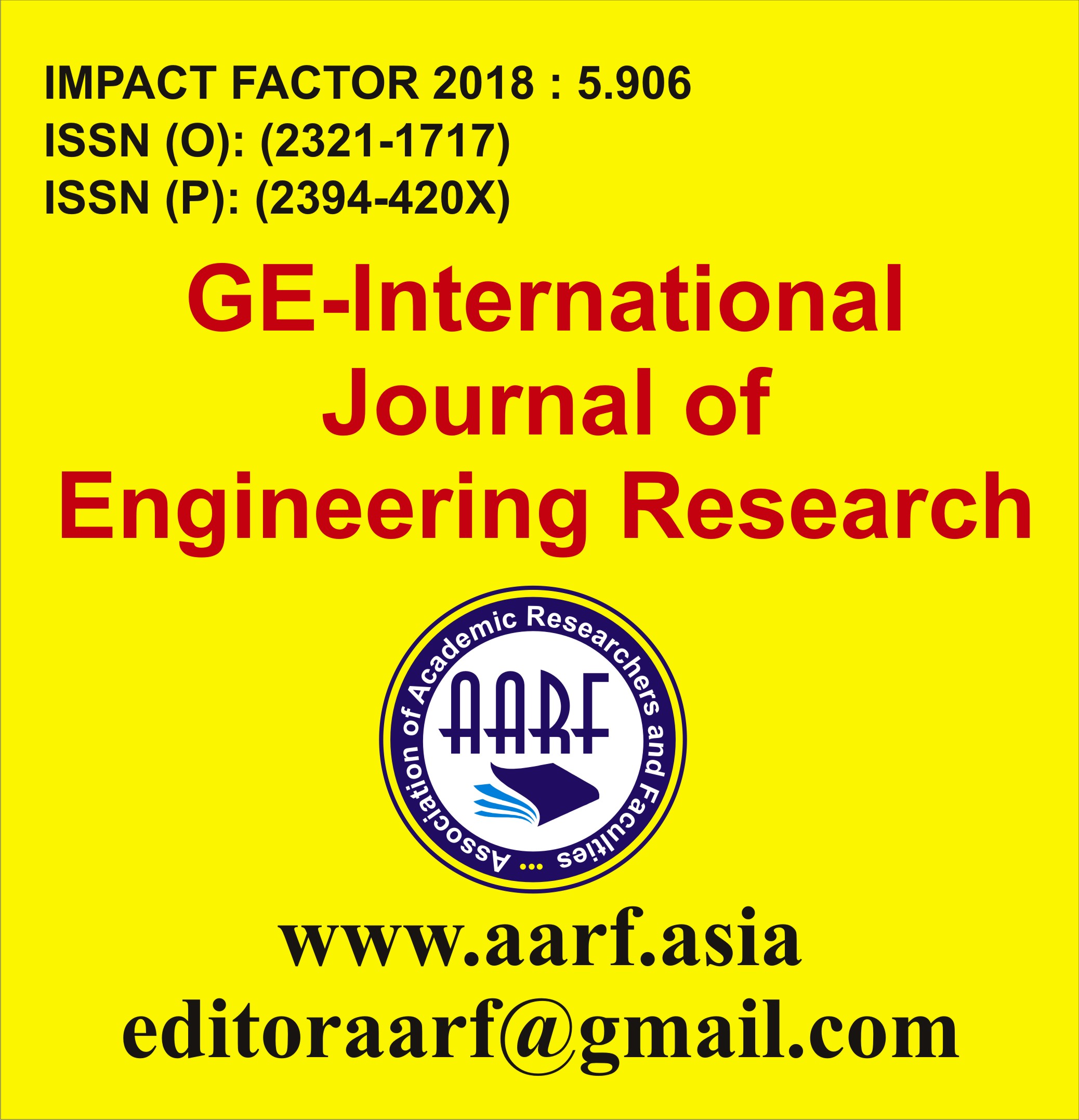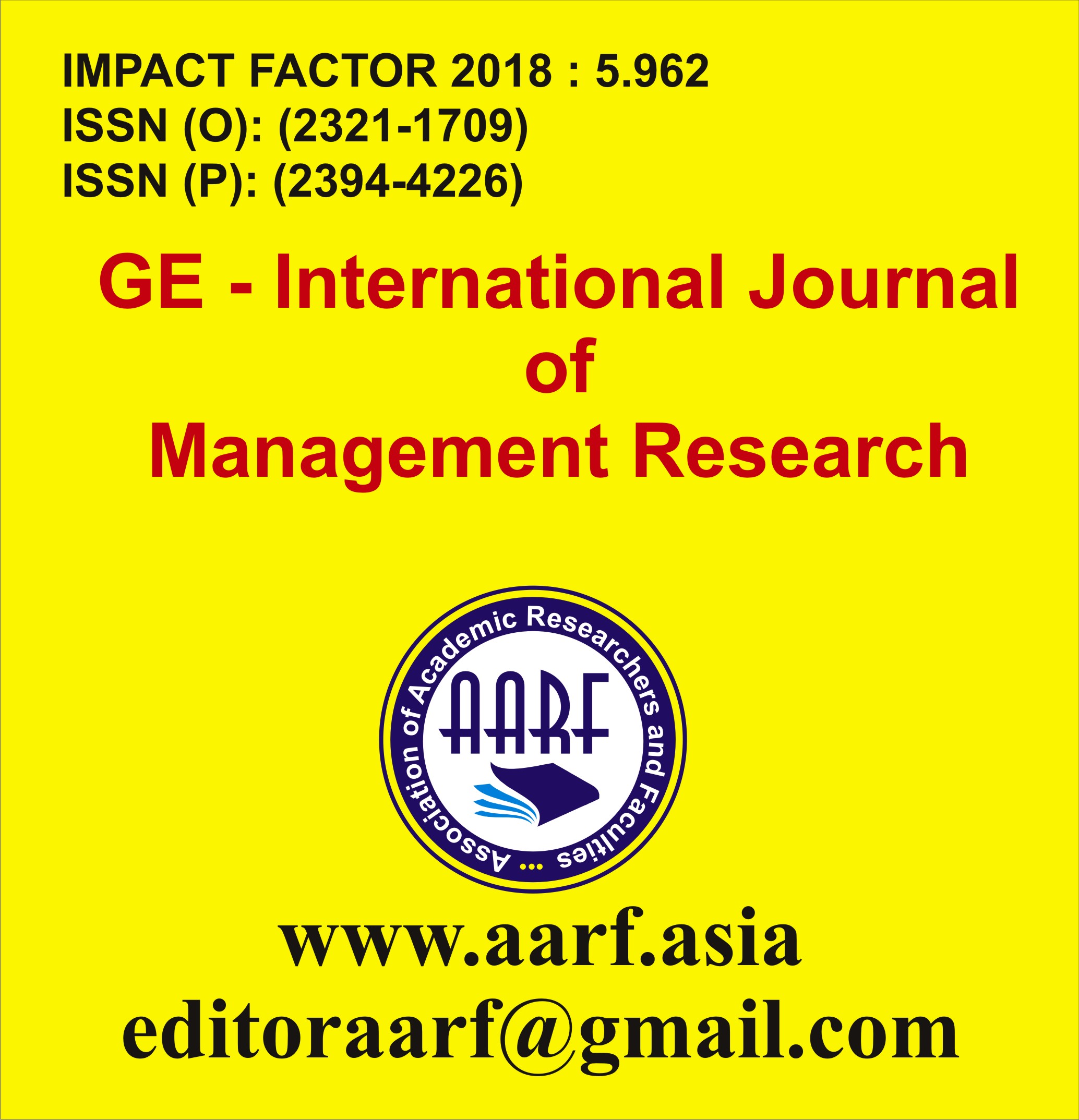Savita Nigam1, Dr. Manisha Dwivedi2
Abstract:
Numerous studies have examined the effect of self-care management education on glycaemic control in individuals with Type 2 diabetes, underscoring the vital role that patient education plays in the management of this chronic illness. Patients are taught about appropriate food, exercise, medication adherence, blood glucose monitoring, and problem-solving techniques linked to diabetes treatment as part of self-care management education. Research has repeatedly demonstrated that patients who receive thorough instruction in self-care have better glycaemic control, as seen by lower HbA1c values, than those who do not. Better patient education, greater motivation, and the adoption of healthier lifestyles are all credited with this improvement. Support groups, ongoing follow-up, and individualized coaching are common components of successful education programs that assist patients in sticking to their self-care regimens over the long term. Furthermore, by giving patients more self-assurance in controlling their illness, these programs can empower them, lower their risk of complications from diabetes, and improve their general quality of life. In summary, education about self-care management is an essential part of diabetes therapy that greatly improves glycaemic control and improves the health of Type 2 diabetes patients.























